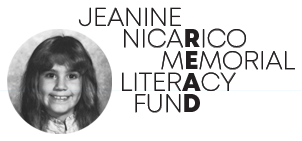This grant will provide 5 culturally-diverse books to each classroom teacher that focus on the cultures and traditions that are represented in their classrooms. Each grade level will receive a different set of 5 books so that students will be exposed to multiple titles during their K-5 education.
